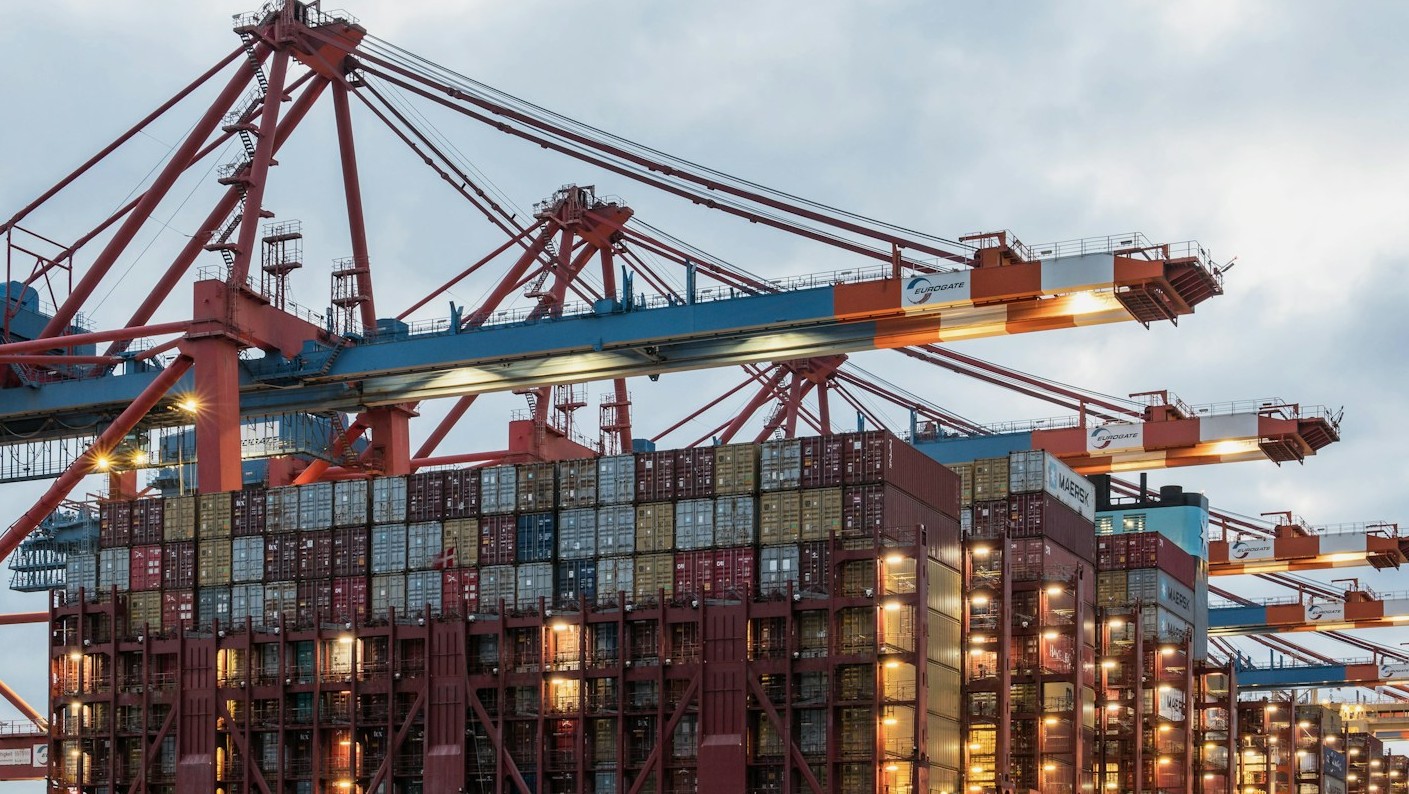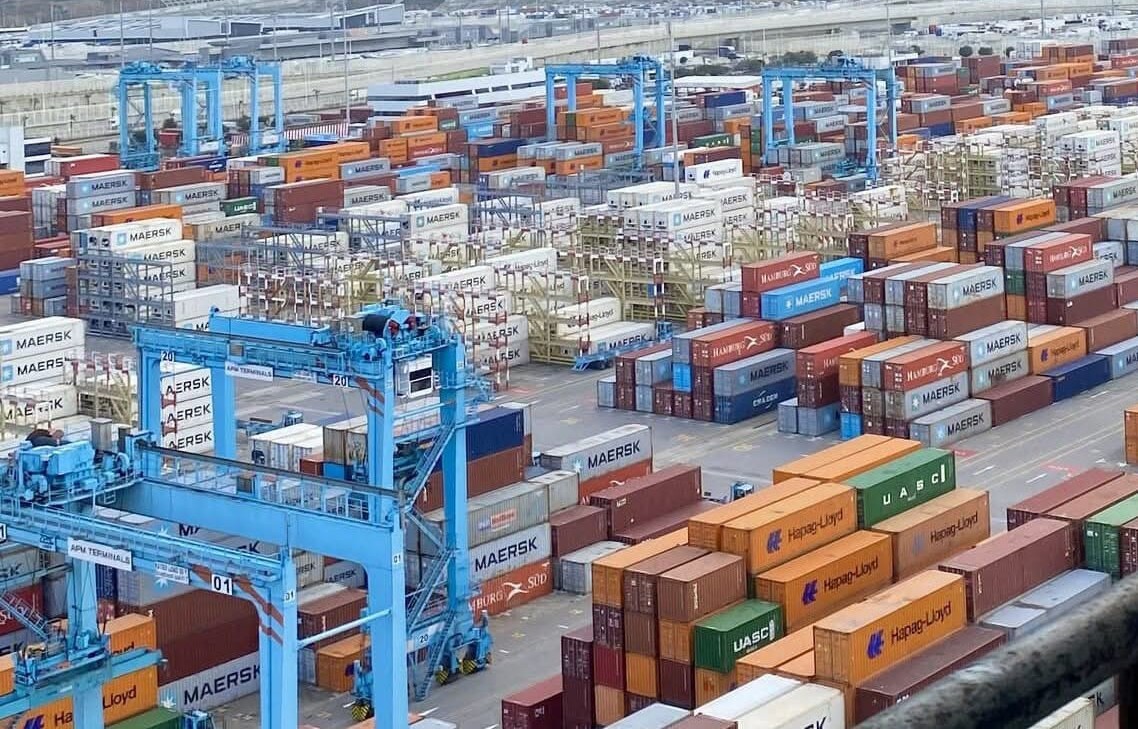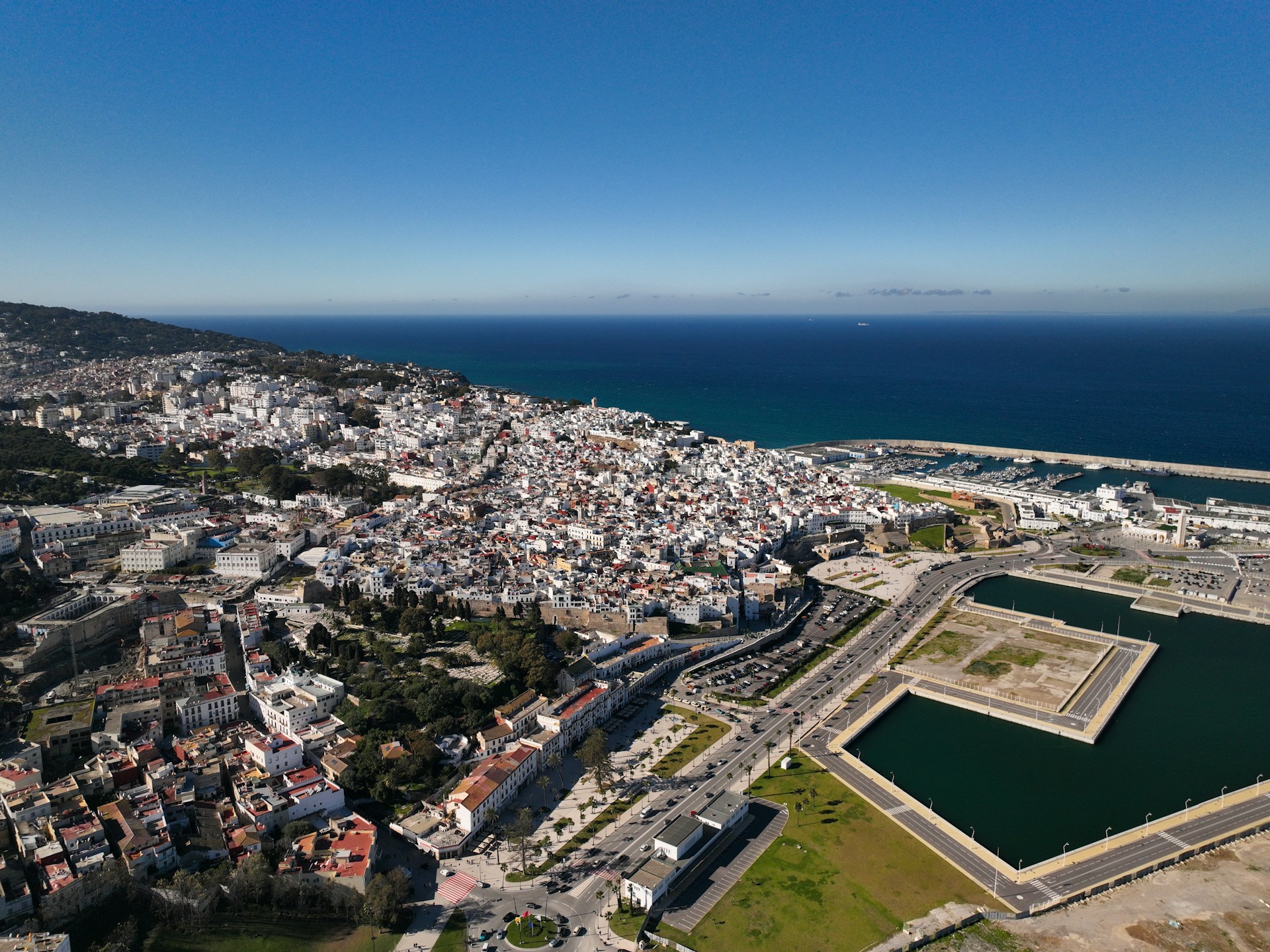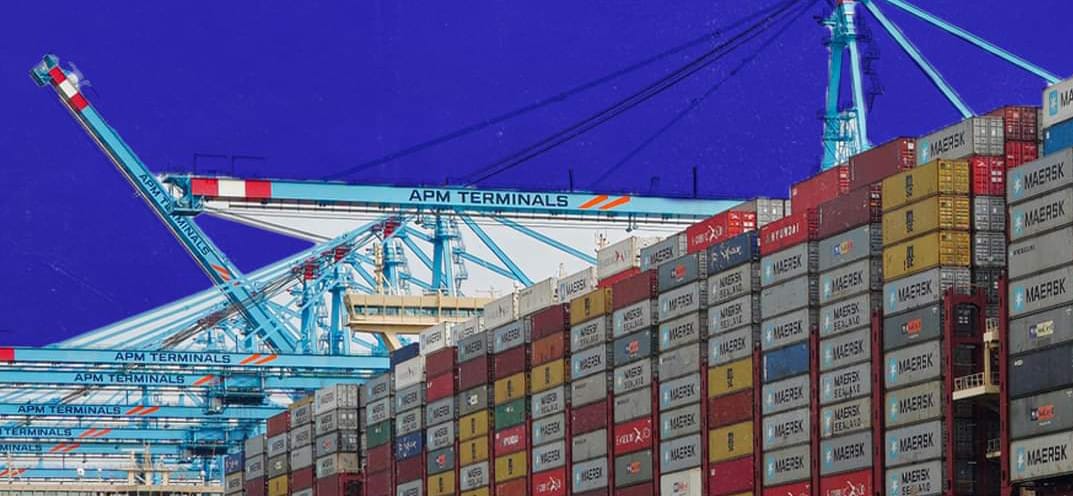Casablanca – Morocco’s banking sector continues to demonstrate robust financial health and dynamic growth, underpinned by solid fundamentals, enhanced regulation, and a wave of structural reforms aimed at future-proofing the sector. According to the latest annual report by Bank Al-Maghrib covering 2024, the sector’s resilience and evolving capabilities mark it as a cornerstone of the national economy.
Record profits and growing assets
In 2024, the country’s 11 leading banking groups collectively posted a consolidated net profit of approximately $2.2 billion, representing a significant year-on-year increase of nearly 26%. This growth outpaces the 20.8% profit rise recorded in 2023, highlighting an accelerating momentum in banking sector profitability.
The net banking income, a key indicator of operational efficiency, reached around $10.9 billion, up 13.8% compared to the previous year. Notably, the interest margin—the revenue banks earn on loans—expanded by 6.3%, while commission income saw a modest decline of 6.1%, reflecting shifting business models as banks diversify income sources.
Solid capital and liquidity positions
Moroccan banks remain well-capitalized, with average solvency ratios significantly above regulatory minimums. The sector’s average solvency ratio stood at 16.2%, compared to the required minimum of 12%. Core Tier 1 capital ratio, a vital measure of a bank’s financial strength and loss-absorption capacity, reached 11.6%, comfortably surpassing the regulatory threshold of 8%.
Equity capital also grew, with the equity ratio hitting 13.5%, well above the 9% baseline. This strong capital foundation provides a buffer against economic shocks and underlines the banking sector’s capacity to support further credit expansion.
Liquidity levels remain highly comfortable. The average Liquidity Coverage Ratio (LCR), measuring banks’ ability to meet short-term obligations, stood at a healthy 182%, almost double the regulatory minimum of 100%. This liquidity cushion ensures banks are well-positioned to handle unexpected funding pressures.
However, increased cash circulation in the economy has pushed up liquidity demands. In response, Bank Al-Maghrib increased its weekly liquidity injections to an average of roughly $14.1 billion in 2024, up from $10 billion in 2023, ensuring smooth functioning of the banking system.
Improved asset quality and risk management
Non-performing loans (NPLs), a critical indicator of credit risk, showed marked improvement. The growth of overdue loans slowed sharply to 2.7% in 2024, compared to 6.7% in 2023. The total stock of NPLs stood at about $10 billion, with the overall default rate stabilizing around 8.4%, a slight improvement from the previous year.
Risk exposure across the sector increased moderately by 2.7%, with total financial risk assets amounting to nearly $123 billion. Credit risk continues to dominate, representing 84% of total risks, followed by operational risk at 9% and market risk at 7%. Participative (Islamic) banks accounted for a smaller risk portfolio of $1.2 billion, reflecting their growing but still limited presence.
Credit expansion and deposit growth
The banking sector’s balance sheet expanded by 8.7% in 2024, equivalent to approximately 120% of Morocco’s GDP, signaling ongoing credit and deposit growth. Loans extended by banks rose by 4.6%, supporting business development and household financing. Deposits increased by 9.2%, reflecting enhanced public trust and improved saving rates.
Macroeconomic environment and monetary policy
Morocco’s macroeconomic backdrop in 2024 was generally favorable, with the national economy growing by 3.8%. Inflation declined to 0.9%, prompting Bank Al-Maghrib to adopt a more accommodative monetary stance. The central bank reduced its key interest rate twice during the year, lowering it by a total of 50 basis points to 2.25%, fostering a supportive environment for lending and investment.
Structural reforms and regulatory enhancements
Bank Al-Maghrib has pursued a proactive regulatory agenda to strengthen the banking system’s resilience and promote sustainable growth. Key reforms include:
- Liquidity regulations: Implementation of the Net Stable Funding Ratio (NSFR) and introduction of structured liquidity adequacy assessment processes (ILAAP), requiring banks to maintain adequate long-term liquidity buffers.
- Crisis management: Ongoing reform of the banking law to improve crisis resolution mechanisms, particularly for systemically important institutions, including a newly introduced state guarantee scheme for emergency liquidity support.
- Non-performing loans market: Legislation is underway to create a secondary market for distressed assets, aiming to free capital and stimulate credit availability.
- Climate finance: A dedicated climate finance unit has been established, along with a 2030 national strategy to promote green financing. Banks are now mandated to collect and publish data on climate-related risks, aligning with global sustainability trends.
- Digital banking: Digital transformation is a priority, with regulatory frameworks advancing for fintechs, Open Banking, and Open Finance initiatives. The Morocco Fintech Center was launched to nurture innovation.
- Payments sector reform: Increased transaction limits, expanded roles for agents to boost rural financial inclusion, and capped interchange fees aim to reduce costs and enhance service accessibility.
- Alternative financing: Licenses granted to collaborative crowdfunding platforms, including one specialized in donations, help support startups, microenterprises, and social impact projects.
Outlook and market confidence
Research from Attijari Global Research projects that net profits for listed banks could reach $2.1 billion in 2025, rising to $2.5 billion by 2027, reflecting strong investor confidence and growth potential.
With its sound capital base, improved asset quality, favorable macroeconomic environment, and forward-looking reforms, Morocco’s banking sector is well-positioned to navigate future challenges and support the country’s economic ambitions.
















